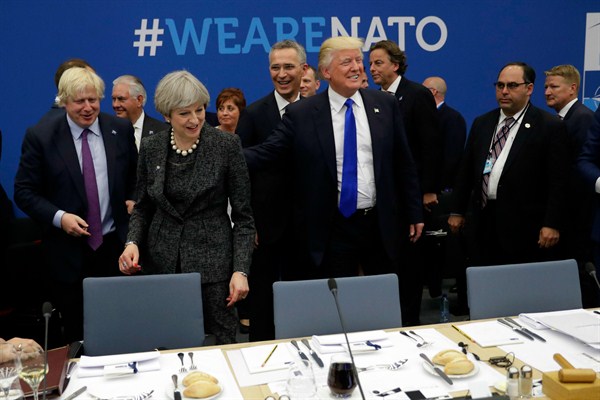In this week’s Trend Lines podcast, WPR’s editor-in-chief, Judah Grunstein, managing editor, Frederick Deknatel, and associate editor, Omar H. Rahman, discuss Saudi Crown Prince Mohammed bin Salman’s lengthy visit to the United States and Washington’s relationship with Riyadh under President Donald Trump. For the Report, Salvatore Babones talks with Peter Dörrie about how U.S. alliances in Northeast Asia could serve as a useful model for reconfiguring the NATO alliance in Europe.
If you like what you hear on Trend Lines and what you’ve read on WPR, you can sign up for our free newsletter to get our uncompromising analysis delivered twice a week straight to your inbox. The newsletter offers a free and timely in-depth report every Wednesday and three more articles from the week every Friday, along with occasional news and promotions from WPR. Sign up here. Then subscribe.
Listen:
Download: MP3
Subscribe: iTunes | RSS
Relevant Articles on WPR:
Trend Lines is produced and edited by Peter Dörrie, a freelance journalist and analyst focusing on security and resource politics in Africa. You can follow him on Twitter at @peterdoerrie.
To send feedback or questions, email us at podcast@worldpoliticsreview.com.

